Excursions
MID-CONFERENCE TRIP: Exceptionally preserved Late Jurassic ecosystem of Owadów-Brzezinki, Central Poland
A stop on the way to the Congress venue [September 10th]: The trip is for all conference participants.
The cost of trip is included with the registration fee.
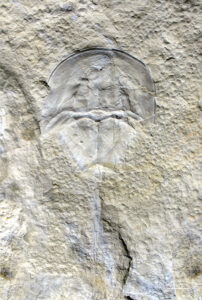 Presentation: The Owadów-Brzezinki palaeontological site located near Sławno in the NW margin of the Holy Cross Mts is one of the most important recent palaeontological discoveries in Poland. The palaeontological sites of Owadów-Brzezinki is referred to as a new “taphonomic window” of the Late Jurassic, providing insights about the evolution of life on Earth in the palaeogeographical and palaeoenvironmental context. Unusually well preserved fossils of marine and terrestrial organisms of Late Jurassic (Tithonian) age, many of them new to science, provide a good opportunity for studying the taphonomy of the ecosystem, evolution and migration of taxa, and palaeoenvironmental changes.
Presentation: The Owadów-Brzezinki palaeontological site located near Sławno in the NW margin of the Holy Cross Mts is one of the most important recent palaeontological discoveries in Poland. The palaeontological sites of Owadów-Brzezinki is referred to as a new “taphonomic window” of the Late Jurassic, providing insights about the evolution of life on Earth in the palaeogeographical and palaeoenvironmental context. Unusually well preserved fossils of marine and terrestrial organisms of Late Jurassic (Tithonian) age, many of them new to science, provide a good opportunity for studying the taphonomy of the ecosystem, evolution and migration of taxa, and palaeoenvironmental changes.
The aim of this trip is to show the Owadów-Brzezinki palaeontological site, exhibition pavilion, educational routes and panoramic viewing platform, which is located along the edge of the quarry.
Leaders: Błażej Błażejowski (Institute of Paleobiology, Polish Academy of Sciences) and Andrzej Wierzbowski (University of Warsaw)
MID-CONFERENCE TRIP: Devonian mesophotic environments of the Holy Cross Mountains
The trip is for all conference participants.
The cost of mid-conference trip is included with the registration fee.
Presentation: The aim of the trip is to show Devonian Mesophotic Coral Ecosystems (MCEs) described as the first Palaeozoic MCEs. They are dominated by platy and frondescent tabulates, with very high biodiversity comprising rugose corals, brachiopods, crinoids and others.
While nowadays these beds are poorly accessible, we will try to visit both (Eifelian and Givetian) sites.
Programme (1 day fieltrip, September 14th) :
– Skały MCE (Eifelian Skały Fm)
– Kostomłoty/Laskowa MCE (Givetian Laskowa Góra Beds)
– Visean reefal olistostrome at Ostrówka.
Leaders: Mikołaj K. Zapalski (University of Warsaw), Błażej Berkowski, Jan J. Król (Adam Mickiewicz University, Poznań).
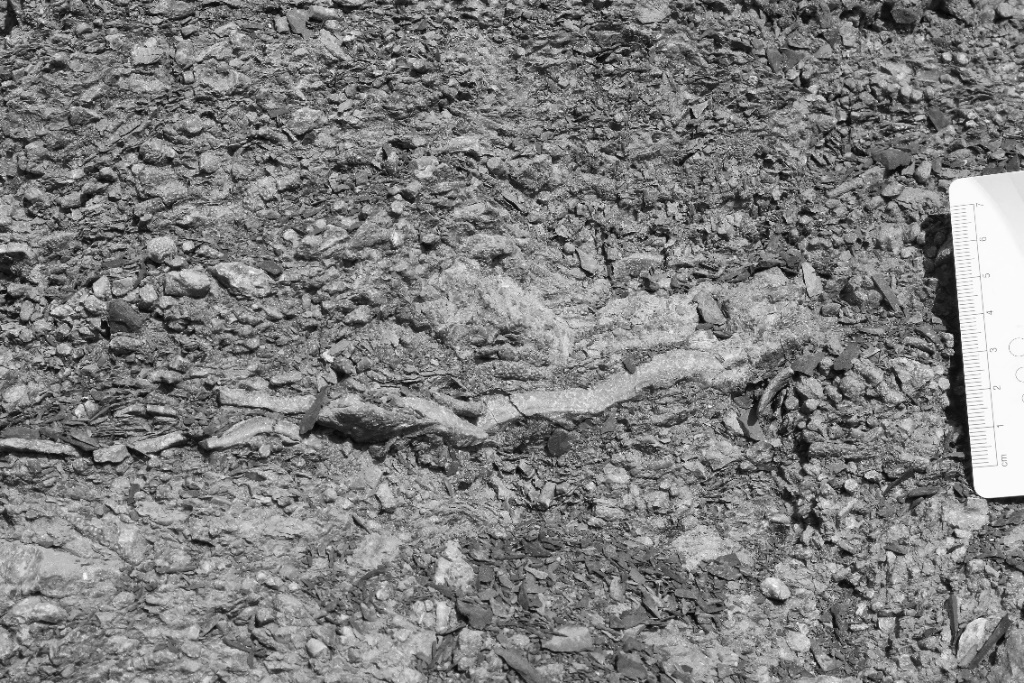

MID-CONFERENCE TRIP: Coral colonization of the cyanobacteria-sponge bioherms, Late Jurassic, Julianka quarry, Poland
The cost of mid-conference trip is included with the registration fee.
The trip is for all conference participants during the transfer from ECEG to the salt mine in Wieliczka/Kraków (September 15th).
Presentation: The abandoned quarry at Julianka is located in the Fore-Sudetic monocline, in the Kraków-Częstochowa Upland. It shows the youngest Late Jurassic (Early Kimmeridgian) deposits of the area preserved below the overlaying transgressive Late Cretaceous (Early Cenomanian) glauconitic sands. The late Jurassic deposits are limestones: in their lower part represented by diversified lithologies of the cyanobacteria-siliceous sponge bioherm complex, in the upper part – by the coral limestones intepreted as formed in mesophotic zone – rich in platy microsolenid corals.
Leaders: Andrzej Wierzbowski (University of Warsaw) and Jarosław Stolarski (Institute of Paleobiology, Polish Academy of Sciences).
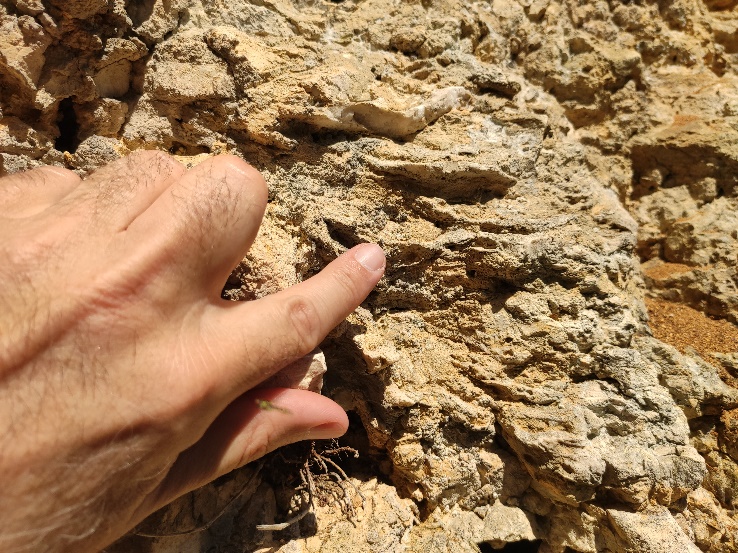
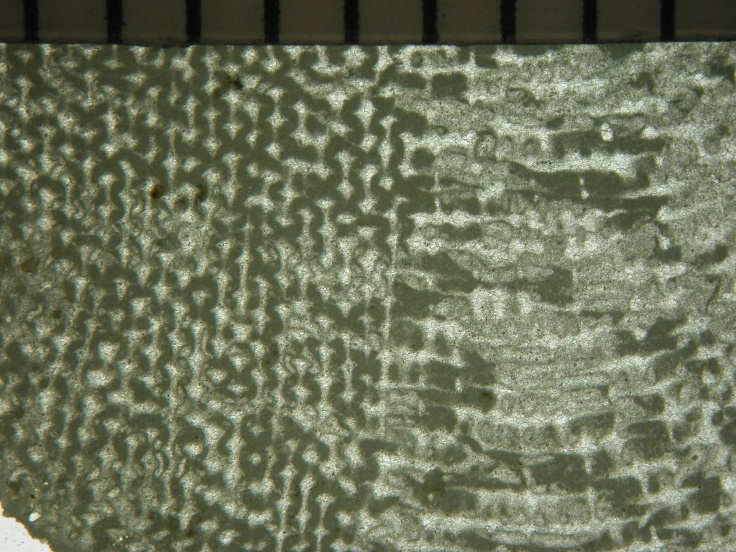
POST-CONFERENCE TRIP: The oldest sponge-scleractinian reef mounds in the World, Middle Triassic (Anisian) of Upper Silesia, Poland
Presentation: The Permian/Triassic mass extinction was the most severe biota crisis in the Earth’s history, which wiped out around 80% of marine species and completely devastated reef systems. The subsequent Triassic recovery was generally a stepwise, long-term and globally asynchronous process, with different organism groups recovering at different times. Metazoan reefs and corals re-appeared in the geological record only 8 My after the extinction (middle Anisian). Such oldest buildups occur in Upper Silesia of southern Poland. The proposed fieldtrip aims to present these bioherms in terms of their composition, morphology, adjacent facies, platform evolution, and later diagenesis. The bioherms are predominantly formed by siliceous sponges, but some of them contain scleractinian corals which are interpreted as having inhabited a shallow-water mesophotic environment and their platy morphology suggests that at least some first scleractinians had photosymbionts like modern zooxanthellae.
Programme (1 day fieldtrip, September 16th):
Morning – Tarnów Opolski (mound with corals)
Afternoon – Kamień Śląski (spatial distribution of mounds).
Leaders: Michał Matysik, Bogusław Kołodziej, Iga Ryczkowska
(Jagiellonian University, Kraków).
Excursion fee: 75€
Excursion fee includes: guidebook, travel from Kraków to localities in Upper Silesia
and return, lunch, dinner.
N° of participants: min 15/max 40
Contact: michal.matysik@uj.edu.pl
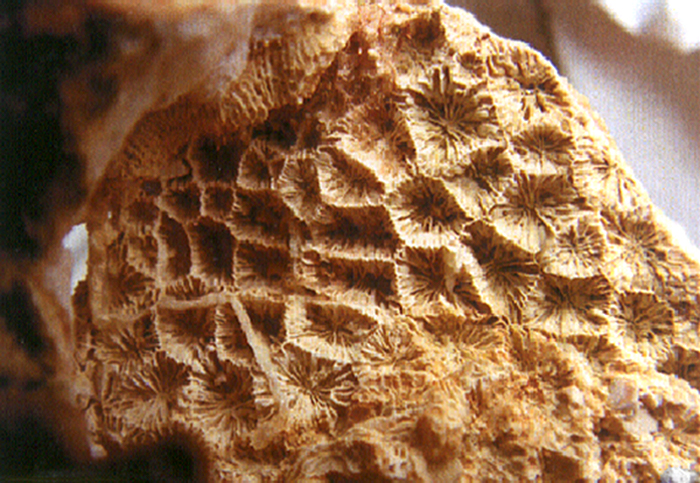
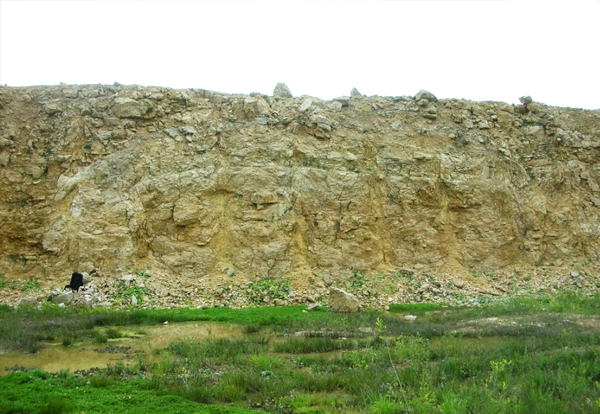
POST-CONFERENCE TRIP: Corals from a lost Štramberk Carbonate Platform, Jurassic/Cretaceous transition, Czech Republic
Presentation: Štramberk is one of the most renowned paleontological sites. Tithonian–lower Berriasian Štramberk Limestone exposed in a huge Kotouč quarry in Štramberk (Carpathians, Czech Republic) occur as olistoliths and large blocks embedded in the Cretaceous flysch. Corals were already described in the 19th century by Marie Ogilvie. Starting in the 1970s they were studied by Helena Eliášová. Approximately 120 species of 50 genera are known from these limestones, which makes it the richest coral assemblage from coral reefs grown around the time of the Jurassic/Cretaceous boundary. In ca. 10 cm-size samples of reef breccia, corals of even 3–5 genera can occur.
Particularly rich at this locality are corals of the suborder Pachythecaliina (=Amphiastreina) whose higher taxonomic position is one of the most debated among the the post-Paleozoic corals. Similar coral assemblages occur in the Štramberk-type limestones as pebbles-blocks (exotics) in flysch deposits of the Polish Carpathians. Coral-microbial patch-reefs were formed mostly in an inner carbonate platform. The Štramberk Limestone also contains boundstones with the microencruster-microbial-cement framework with rare corals. This type of reef was developed only on the slopes of intra-Tethyan carbonate platforms.
Leaders: Bogusław Kołodziej (Jagiellonian Univ., Kraków), Zuzana Geistová (Charles Univ., Prague), Justyna Kowal-Kasprzyk (AGH, Kraków), Petr Skupien (Technical Univ., Ostrava )
Programme (2 days fieldtrip):
– September 17th (Sunday): meeting point in Kraków. On the way to Štramberk we will stop in Polish Carpathians to see flysch with pebbles of Štramberk-type limestones and Lower Cretaceous corals.
– September 18th (Monday): Visit in the Kotouč quarry in Štramberk, transfer to Kraków.
Excursion fee: 215 €
Excursion fee includes:
– Transfer to/from Štramberk
– Accommodation in rooms with en suite bathrooms (September 17th/18th)
Take away lunch, dinner (September 17th)
Breakfast, take away lunch and dinner (September 18th)
What is not included:
Insurance. Every participant should have medical insurance valid in Czech Republic.
N° of participants: min 15/max 45
Contact: boguslaw.kolodziej@uj.edu.pl, kowalj@agh.edu.pl

